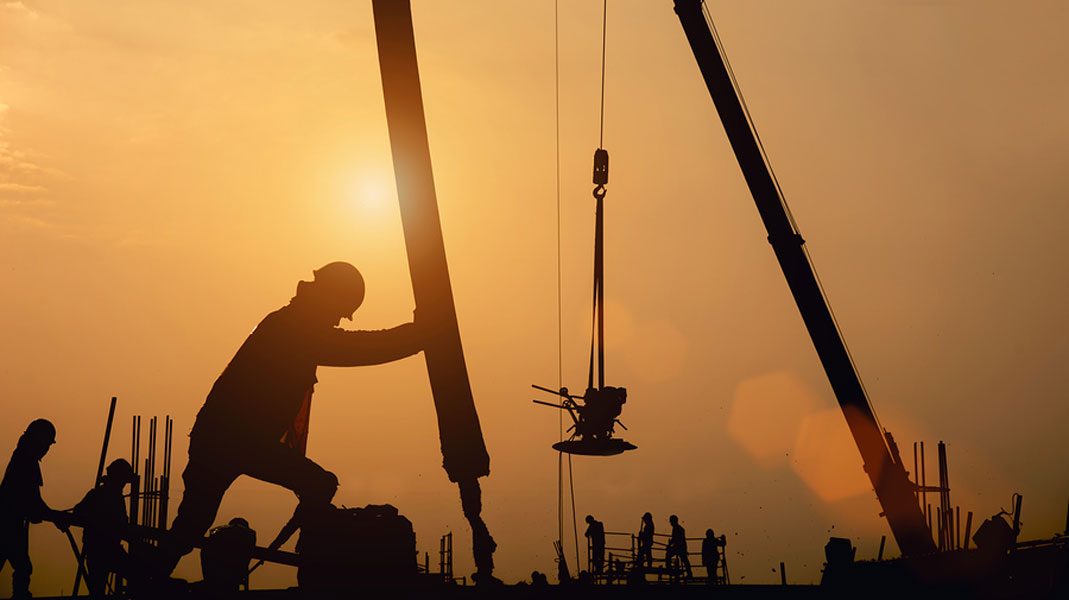The construction industry has been changing rapidly over the past several years, which is unusual for a sector that prefers to stick to traditional or tried and true methods. By necessity, there has been a need for more offices, schools, and hospitals in less time. This is happening while this sector is struggling with labor shortages and higher supply costs.
The National Institute of Building Sciences reported in 2014 that 93% of the architectural, engineering, and contracting respondents had used offsite construction in the past year, and a majority planned to continue this practice. The main benefits touted for this switch were lower costs and increased project efficiencies.
Since offsite construction is continuing to evolve, here are five trends that illustrate where the industry is today and where it could be in the near future.
1. Productivity Demands Drive More Offsite Construction
The demands for construction continue to skyrocket, yet fewer skilled laborers do the work than in the past. When the last recession hit, many construction workers left this industry and failed to return.
Developers and contractors are meeting the escalating labor challenges by opting for modular buildings, some of which use automation. With this type of construction, as much as 60% of labor is taken off of the job site.
2. Increase in General Contractors Partnering With Prefab Firms
One of the biggest trends in this industry relates to more general contractors choosing to partner with offsite construction companies. Again, this has much to do with labor. An offsite fabricator can complete the work with fewer man-hours. This also improves project scheduling and safety because fewer construction workers are on a job site for an extended period.
3. A Key Element Will Be BIM and Early Collaboration
No client enjoys making dozens of changes to a plan, which causes further delays in a traditional construction project. Likewise, problems with engineering or other issues on a job in progress could result in plans being redrawn midstream. This is time-consuming and expensive.
Early collaboration is one of the best ways to ward off these issues, which many offsite construction companies accomplish through design-build processes. Another solution is building information modeling (BIM), ensuring the process is more seamless from start to finish.
4. More Major Companies Will Want to Use Offsite Construction
When a large corporation does something that was once considered questionable, it soon becomes mainstream. This is precisely what is happening with offsite construction. Modular buildings will lose their stigma once others see that more giant corporations have jumped on board.
Google plans to create 300 modular apartments as short-term employee housing in San Francisco. Retail chains like McDonald’s and Taco Bell have used offsite construction for some of their new locations. Marriott plans to use modular construction for 13% of its new hotel projects in North America this year.
5. Education Is Used as a Tool by Early Adopters to Generate Offsite Interest
Only some people know or understand what offsite construction is or the many benefits that it can provide to a company that chooses this option for their next project. Fortunately, some early adopters can help educate the rest of the construction industry and those looking to spend construction dollars in the coming years.
Marriott is just one example. The company has been one of the most prominent big-name trailblazers in modular construction. It has successfully maintained its brand and quality while completing its new projects on schedule and with significant savings over traditional methods.
Choose K-Con As Your Offsite Construction Partner
Once your company has decided to use offsite construction, you will want to choose a reputable firm that will be by your side from plan conception through project completion. K-Con, Inc. is a design-build contractor specializing in offsite construction and onsite installation of metal buildings.
We work extensively with government entities and commercial clients throughout the U.S. and abroad. Contact us now to speak with someone about your next project or get answers to your questions about completing an offsite project.

